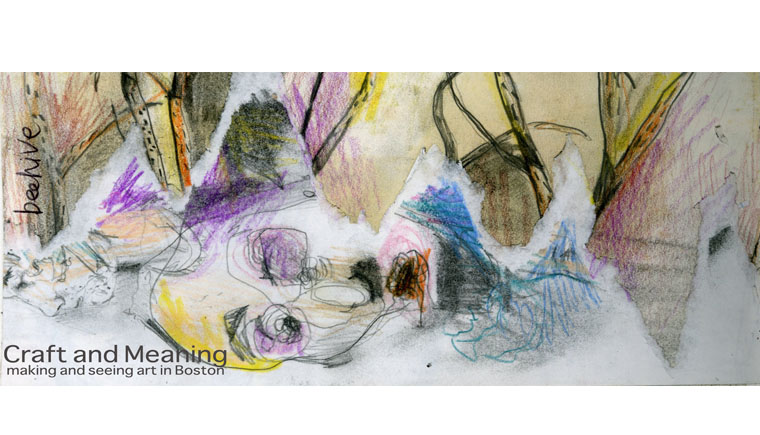
Frog Time 2007, non-repeating video installation, 7'x5'
computer, video projector, custom software
During his presentation, Knep explained he was interested in ideas like the life cycle, accepting death, and the spirituality of animals in this body of work. By presenting the life cycle of a frog so that time is dramatically sped up, Knep makes the viewer reflect on their own immortality and the cyclical nature of their own existence.
Knep's work with frogs reminds me of the photographer and video artist Catherine Chalmers who examines another natural process, the food chain, in her work. For example in her series, Foodchain, Chalmers photographs a caterpillar eating a tomato, then a praying mantis eating the same caterpillar, and then finally a frog eating the praying mantis. Chalmers' work is based around themes like the cycle of life and the inevitability of death.

Praying Mantis Eating a Caterpillar C-Print 40" x 60"
Like Knep, Chalmers' process is very scientific. Chalmers breeds flies, frogs, tarantulas, meal-worms, crickets, and mice in her apartment. She cares for the animals and observes them as if she was doing a case study on their behavior. Despite her close relationship with the animals, Chamlers often eventually feeds the prey to predators and watches them die. Chalmers acts like god and decides which animal will be sacrificed and which will continue living. Chalmers process reminds me of Knep's present work with worms. Knep records the movement of a worm and manipulates their movement with heat and food. I think it is interesting that artists can use biological information about animals to manipulate their behavior and create art.


